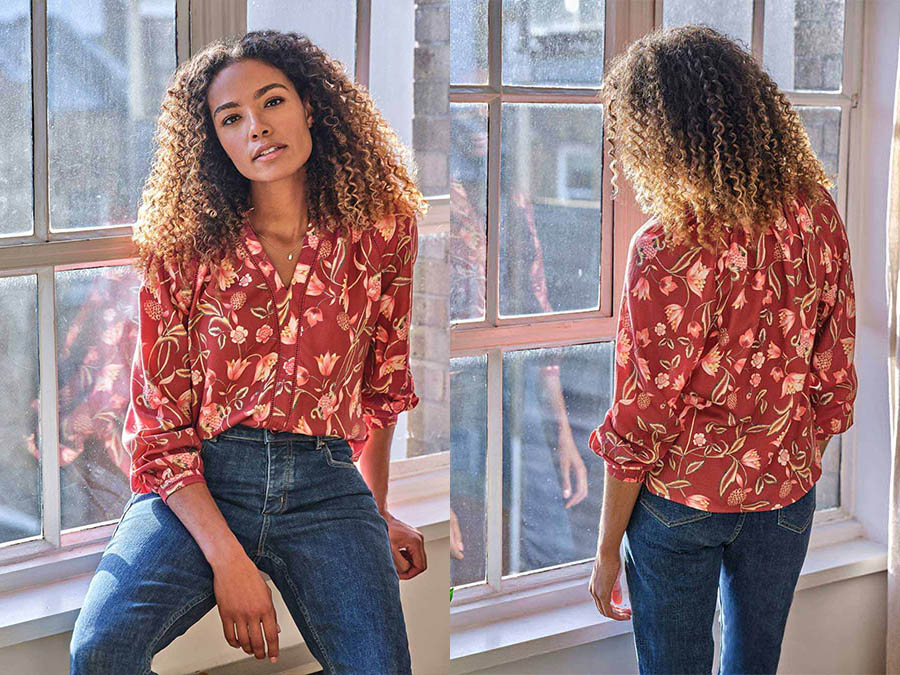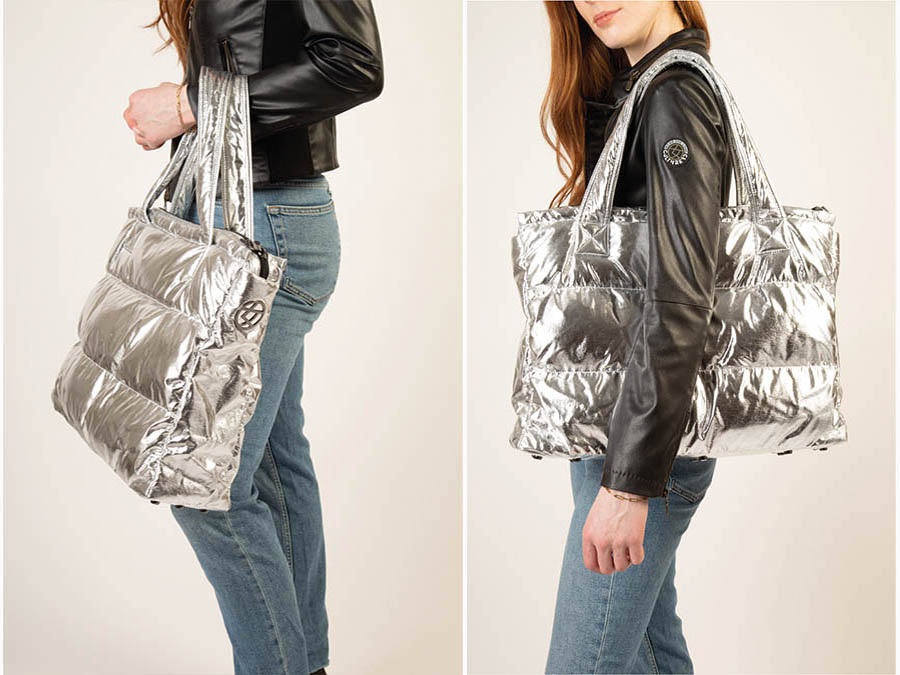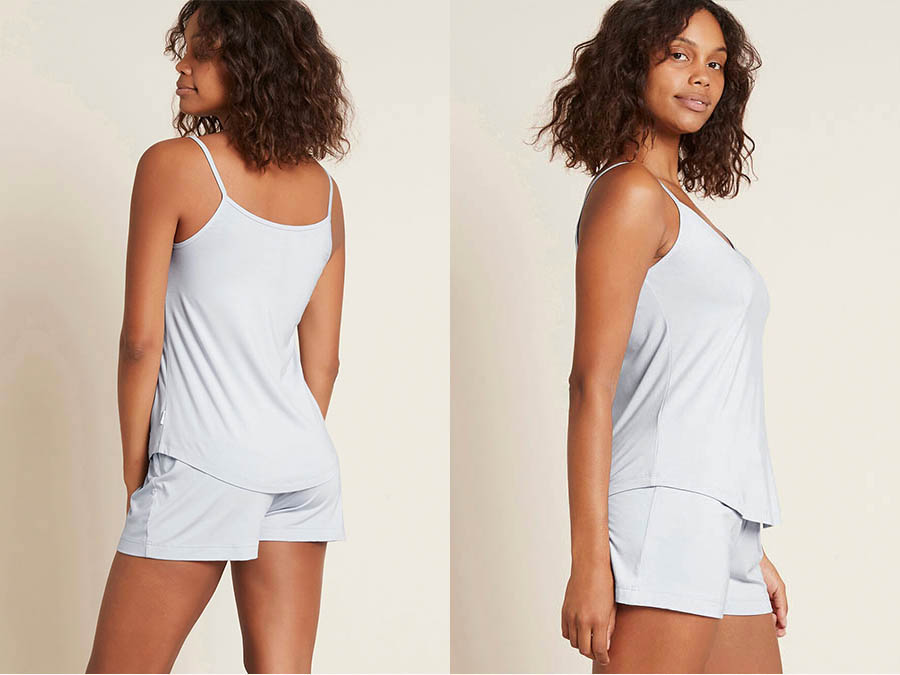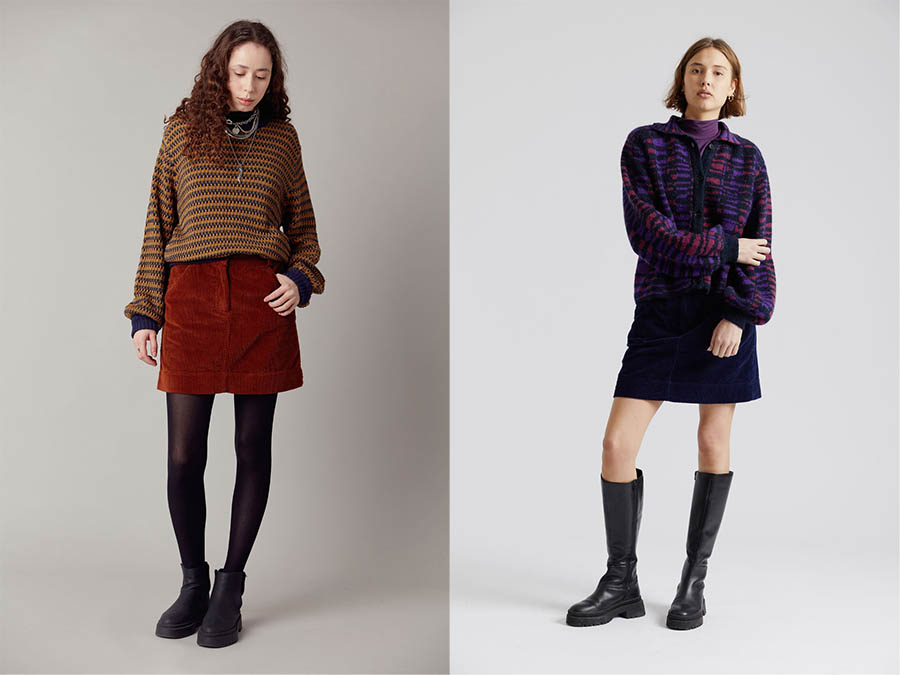How to Shop for Sustainable Trousers
Buying sustainable trousers is a great way to reduce your environmental impact and support ethical fashion practices. Here at Sustainablefashion.ie are some steps to help you purchase sustainable trousers:
Popular Types of Material Used in Sustainable Trousers
Sustainable trousers are typically made from eco-friendly materials. They prioritise environmental and ethical considerations. Some popular types of materials used in sustainable trousers includes the following.
1. Organic Cotton
Cotton is a common material for trousers, and organic cotton is grown without the use of synthetic pesticides and fertilisers. It is a more sustainable option as it reduces the environmental impact associated with conventional cotton farming.
2. Tencel (Lyocell)
Did you know Tencel is a sustainable fabric made from wood pulp. This is usually sourced from eucalyptus or beech trees. It is known for its softness, breathability, and biodegradability.
3. Hemp
Organic hemp is a durable and eco-friendly material that requires minimal water and pesticides to grow. Hemp trousers are known for their strength and longevity.
4. Recycled Fabrics
Trousers made from recycled materials, such as recycled polyester or post-consumer plastic bottles, help reduce waste and the need for new resource extraction.
5. Recycled Denim
Repurposing old denim into new trousers not only conserves resources but also reduces the environmental impact associated with dyeing and manufacturing new denim.
6. Linen
Linen is a natural fibre made from the flax plant. It is biodegradable and known for its breathability, making it a popular choice for sustainable summer trousers.
7. Piñatex
Piñatex is a sustainable alternative to leather made from the fibers of pineapple leaves. It provides a cruelty-free and plant-based option for trousers.
8. Cork
New or used cork fabric is sourced from the bark of cork oak trees without harming the trees. It is a sustainable and lightweight material often used in trousers.
9. Upcycled or Vintage
Trousers made from upcycled or vintage materials are another sustainable choice as they extend the lifespan of existing textiles.
10. Organic Wool
Wool trousers made from organic or ethically sourced wool are a natural and renewable option.
11. Econyl
The wonderful Econyl is a regenerated nylon fabric made from recycled materials like discarded fishing nets and fabric scraps. It’s a sustainable choice for trousers, especially swimwear and sportswear.
When shopping for sustainable trousers, look for certifications or labels such as GOTS (Global Organic Textile Standard), Fair Trade, or OEKO-TEX Standard 100, which ensure responsible and ethical production practices.
Additionally, consider the overall sustainability of the brand, such as their commitment to fair labour practices, waste reduction, and eco-friendly manufacturing processes.
11 Ways How to Choose Sustainable Trousers
Now you know the most common materials used to make sustainable trousers, let’s look at 11 great ways how to choose them
1. Research Sustainable Brands
Research clothing brands known for their commitment to sustainability. Look for brands that prioritize eco-friendly materials, ethical production processes, and fair labour practices.
Some well-known sustainable clothing brands include Patagonia, Eileen Fisher, prAna, and Reformation.
2. Check Certifications
Look for certifications that indicate a brand’s commitment to sustainability, such as GOTS (Global Organic Textile Standard), Fair Trade, and B Corp certifications. These certifications ensure that the brand meets specific sustainability and ethical criteria.
3. Materials Matter
Choose trousers made from these materials, as they have a lower environmental impact compared to conventional cotton or synthetic fabrics.
4. Consider Quality and Longevity
Sustainable fashion promotes durability. High-quality trousers may cost more upfront but can save you money in the long run.
5. Second-Hand and Vintage
Buying second-hand or vintage trousers is an excellent sustainable option. Thrift stores, online resale platforms, and vintage shops offer a wide range of styles, and you can extend the life of existing clothing.
6. Local and Artisanal Options
Support local designers and artisans who create sustainable and unique trousers. These small-scale producers often use eco-friendly practices and offer one-of-a-kind pieces.
7. Review Brand Transparency
Check the brand’s website for information on their sustainability practices, including details on materials, manufacturing processes, and labour conditions. Brands that are transparent about their practices are more likely to be genuinely sustainable.
8. Consider Fair Labour Practices
Choose brands that pay fair wages to workers and have safe working conditions. Fair labour practices are a crucial component of sustainability in the fashion industry.
9. Evaluate Packaging
Pay attention to the packaging used by the brand. Sustainable brands often use minimal and recyclable packaging to reduce waste.
10. Read Reviews and Ask for Recommendations
Read reviews and ask for recommendations from friends or online communities that focus on sustainable fashion. This can help you make an informed decision.
11. Care and Maintenance
Once you have your sustainable trousers, take good care of them by following the care instructions.
Proper maintenance will extend the life of your clothing.By following these steps, you will make more sustainable choices when buying trousers and contribute to a more eco-friendly and ethical fashion industry.






